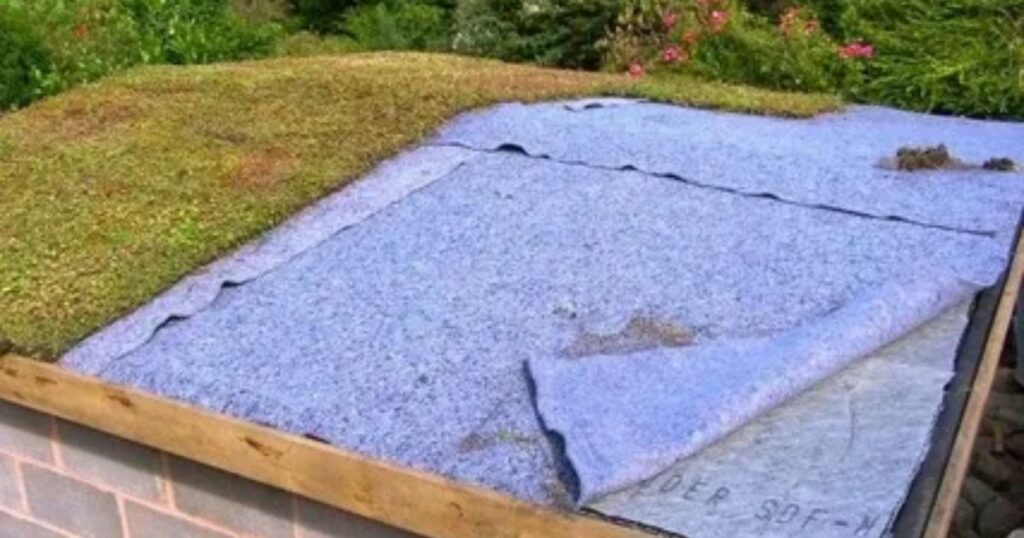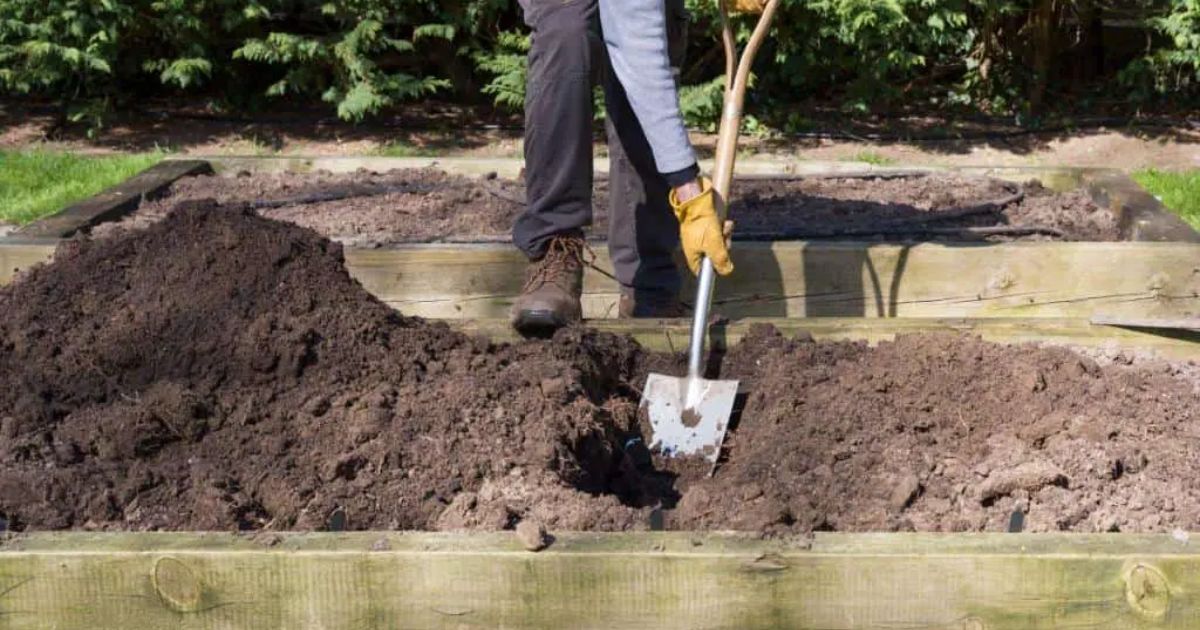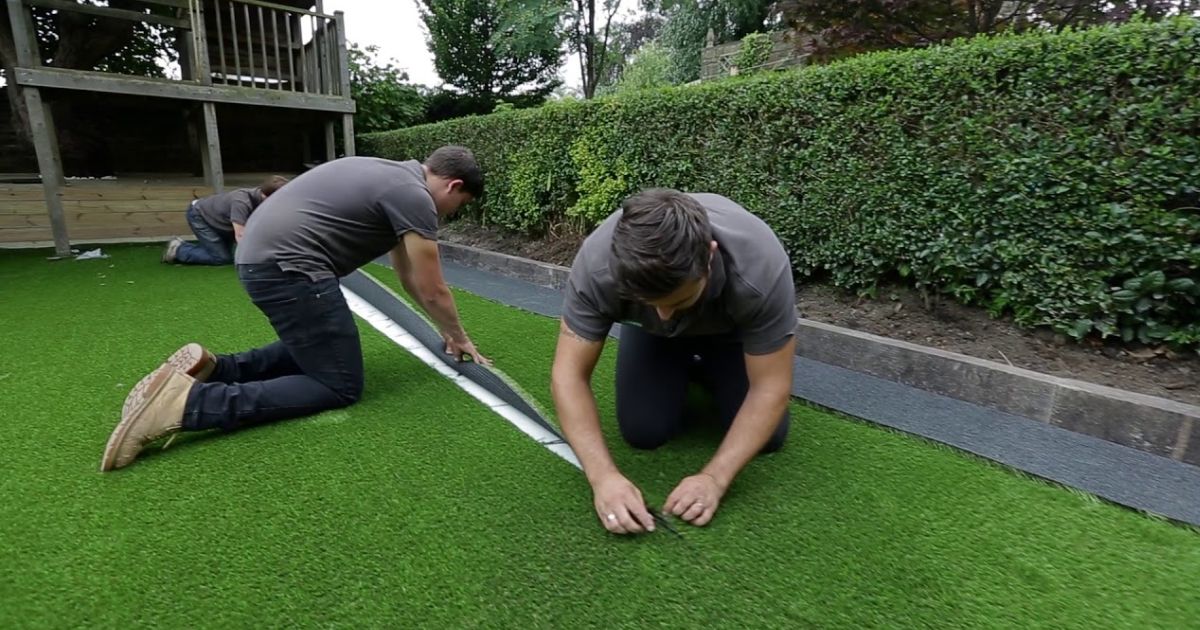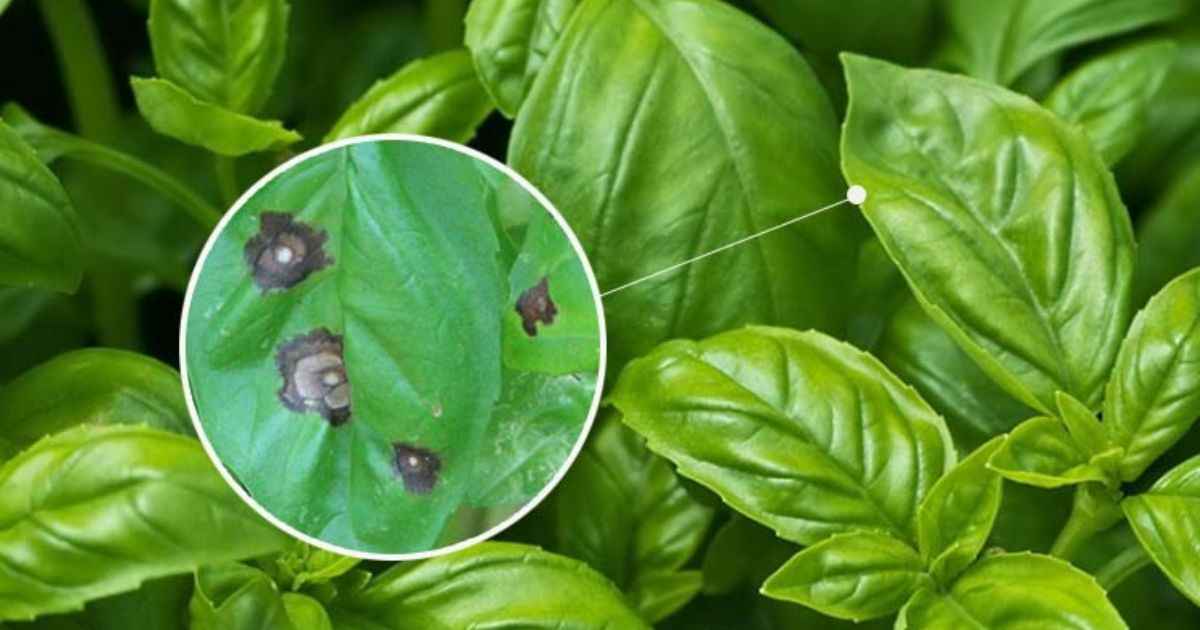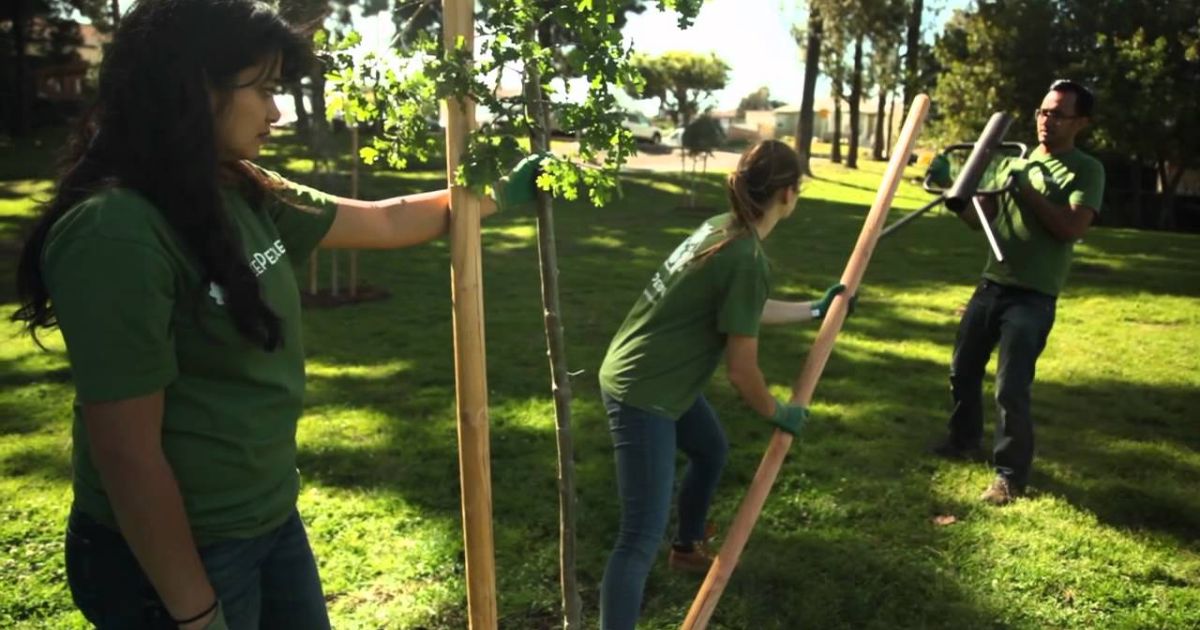Urban green roofs are becoming increasingly common. Architecture offers numerous environmental and economic benefits. They not only enhance the aesthetic appeal of buildings but also help reduce energy costs, improve air quality, and support sustainable urban growth. However, the success of a green roof depends on more than just the plants and soil. One of the most critical yet often overlooked components is the drainage layer.The drainage layer is designed to manage water flow within the green roof system, ensuring that plants receive the right amount of moisture without being waterlogged. It expands and shields the roof structure from possible water damage. Extends the lifespan of roofing materials and supports healthy plant growth. Beyond preserving the building and plants, it also plays a vital role in stormwater management, helping cities handle heavy rainfall and reduce urban runoff.
In this post, we’ll explore the five essential benefits of a drainage layer in green roofs and explain why it is a key element for anyone planning a rooftop garden. Whether you are a homeowner, architect, or urban planner, understanding the importance of this hidden layer can help you maximize the performance, durability, and sustainability of your green roof.
Prevents Waterlogging
One of the primary functions of a drainage layer in a green roof is to prevent waterlogging, which can harm both plants and the roof structure. When excessive rainwater or irrigation accumulates in the soil, it can suffocate plant roots, promote root rot, and create an unhealthy growing environment. Waterlogged soil also increases the risk of leaks and structural damage over time, making proper drainage essential for the overall health of a green roof.The drainage layer acts as a pathway for excess water, directing it away from the soil while retaining just enough moisture for plant needs. Growing Asparagus in Raised Beds: Your Step-by-Step Planting Guide Materials such as gravel, lightweight aggregates, perforated mats, or specialized plastic boards are commonly used to construct this layer. By efficiently channeling water, the drainage layer ensures plants receive the right amount of moisture, encouraging healthy growth and reducing strain on the root system.
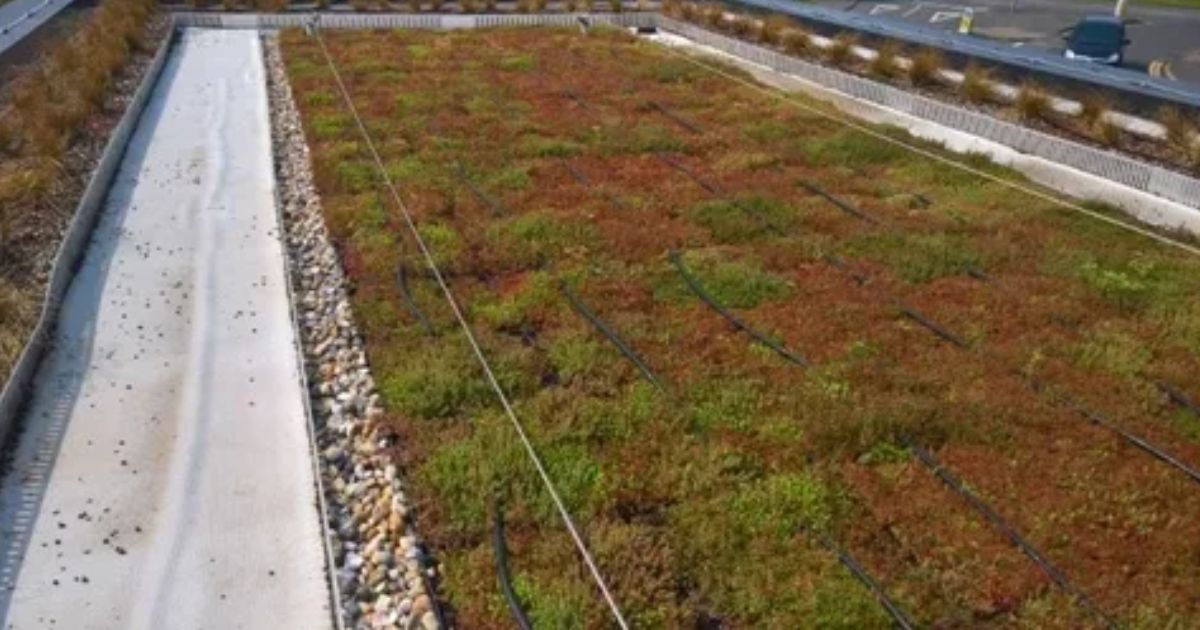
Moreover, adequate drainage prevents soil compaction and helps maintain aeration around the roots, which is crucial for nutrient absorption and overall plant vitality. What Is Perlite? With a properly installed drainage layer, rooftop gardens can thrive even during heavy rainfall, creating a sustainable and resilient green roof that benefits both the environment and the building beneath it.
Enhances Roof Longevity
A well-designed green roof does more than support plants; it also protects the building beneath it. One of the key ways it does this is through a proper drainage layer, which significantly enhances the roof’s longevity.Excess water that remains trapped on the roof can gradually deteriorate roofing materials, leading to leaks, corrosion, and costly repairs. The drainage layer acts as a protective buffer, directing water away from the roof surface and reducing prolonged exposure to moisture. This not only prevents structural damage but also helps maintain the integrity of the waterproofing membranes.
By managing water flow effectively, the Water flow management helps the roof withstand heavy rainfall, snowmelt, and other weather events. Over time, this translates into fewer repairs, Quick and Easy Ways to Ripen Tomatoes Indoors Without Sunlight lower maintenance costs, and a longer lifespan for the roof, making the drainage layer an essential investment for any green roof project.
Supports Plant Health
The health of a green roof largely depends on how well plants can access water and nutrients without being over-saturated. A drainage layer is essential for preserving this delicate balance, ensuring that plant roots receive adequate moisture while preventing harmful water accumulation. When water sits in the soil for too long, it can lead to root rot, fungal growth, and stunted plant development.By facilitating proper water flow, the drainage layer provides sufficient moisture for the plant’s requirements while allowing excess water to flow away from the root zone. This creates the ideal environment for roots to breathe and grow, promoting vigorous, healthy plants that thrive throughout the seasons. Additionally, a well-drained green roof can support a wider variety of plants, including delicate flowers, shrubs, and even small trees, Filtration layer (filter fabric) Excess water removal which might struggle in waterlogged conditions.
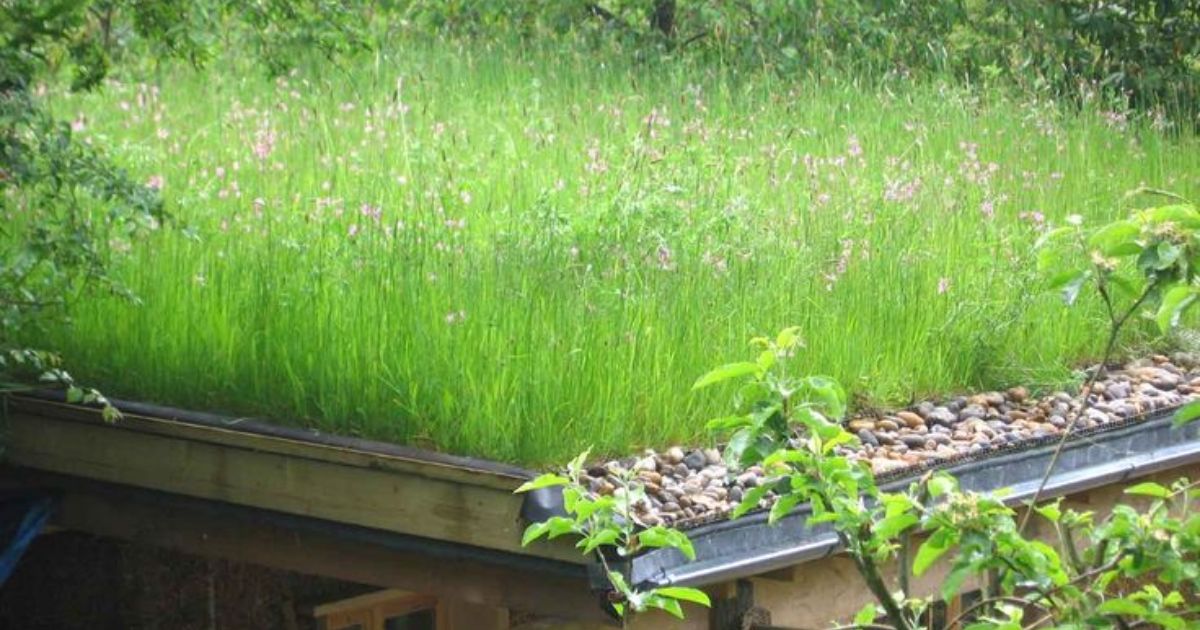
The drainage layer also works in tandem with soil and growing medium to regulate moisture levels, especially during heavy rainfall or irrigation cycles. This not only encourages vigorous plant growth but also improves resilience against drought periods, ensuring the green roof remains lush and vibrant year-round. Ultimately, a proper drainage layer is essential for sustaining healthy, thriving rooftop ecosystems.
Improves Stormwater Management
Green roofs are celebrated for their ability to mitigate urban flooding and reduce stormwater runoff, and the drainage layer is central to this benefit. During heavy rains, excess water can accumulate rapidly on rooftops, potentially overwhelming city drainage systems. A properly installed drainage layer efficiently channels this water away, preventing pooling and minimizing the risk of water-related damage.The drainage layer not only helps water flow off the roof but also retains just enough moisture to nourish plants, acting as a natural buffer against extreme weather events. What is Biochar Used For By slowing water movement, it reduces peak runoff, giving municipal drainage systems more time to cope and lowering the likelihood of urban flooding.
Additionally, controlled drainage improves water quality. As water moves through the green roof layers, sediments and pollutants are naturally filtered out, allowing cleaner water to reach storm drains or local waterways. This makes green roofs an eco-friendly solution for sustainable urban development.In essence, the drainage layer transforms a green roof into an innovative water management system, providing both environmental benefits and enhanced protection for the building, while supporting a thriving plant ecosystem above.
Facilitates Maintenance
A well-designed drainage layer does more than manage water; it also makes green roof maintenance significantly easier. Over time, green roofs can face challenges such as soil compaction, blocked drainage, and uneven moisture distribution. Without a proper drainage system, these issues can lead to plant stress, mold growth, and even roof damage, making maintenance more frequent and costly.The drainage layer provides a stable foundation that prevents water from pooling and ensures consistent moisture levels across the roof. This makes it easier to inspect and maintain both the plants and the roofing system. How to Grow Hydrangeas in Your Garden By efficiently allowing excess water to flow away,Root barrier (to protect waterproof membrane) drainage layer reduces the risk of water-related problems, such as leaks or rot, which can be difficult and expensive to repair once they occur.
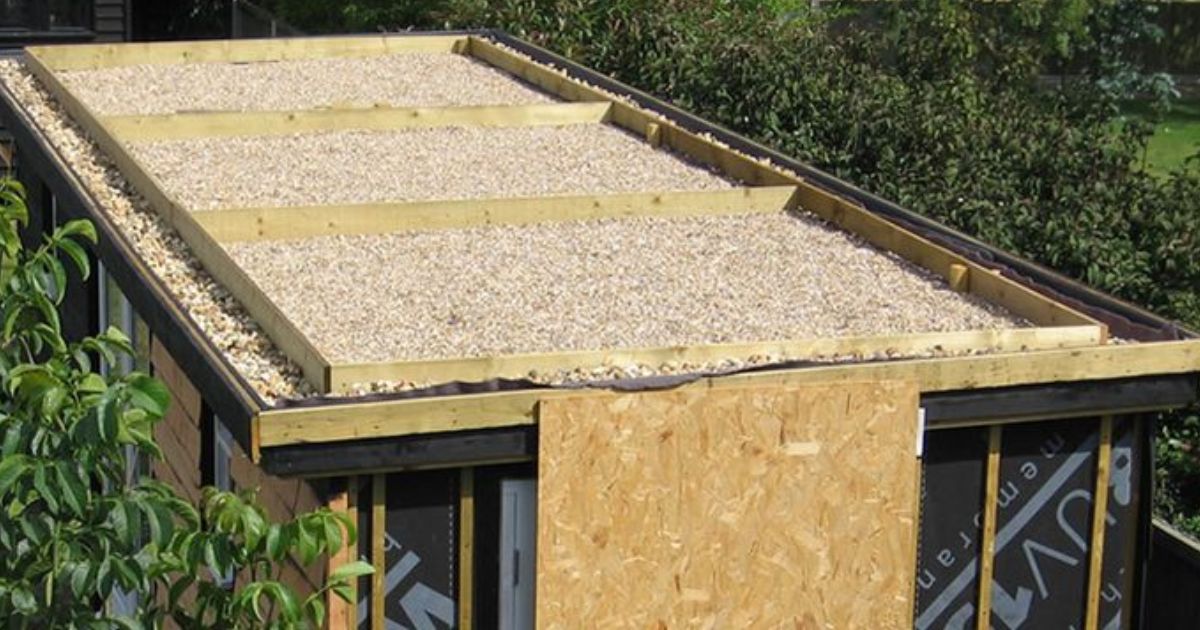
Additionally, a properly installed drainage layer helps gardeners and maintenance teams monitor soil conditions, identify problem areas, and implement corrective actions quickly. It also supports long-term plant health, reducing the need for replacements and interventions. In essence, the drainage layer acts as both a protective and functional element, simplifying routine upkeep and saving time, effort, and money while keeping the green roof thriving year after year.
Conclusion
A well-constructed drainage layer is the backbone of any successful green roof. From preventing waterlogging and supporting plant health to enhancing roof longevity, improving stormwater management, and facilitating maintenance, its benefits are far-reaching. By ensuring proper water flow and retention, the drainage layer protects both plants and the building structure, while contributing to a more sustainable urban environment.
Investing in a quality drainage system is not just about plant survival; Stormwater retention it’s about long-term savings, reduced maintenance, and environmental responsibility. Whether you are a homeowner, architect, or urban planner, understanding the importance of a drainage layer can help you optimize your green roof’s longevity and efficiency. In short, a small layer beneath the surface makes a big difference above it, keeping your rooftop garden thriving and your building safe for years to come.
FAQ
What materials are commonly used for a green roof drainage layer?
Common materials include gravel, lightweight aggregates, perforated plastic drainage boards, and specialized mats. Each material helps channel excess water while retaining enough moisture for plants.
How thick should a drainage layer be?
The thickness depends on the type of green roof and the plant species used. Typically, it ranges from 2 to 6 inches for extensive green roofs and can be thicker for intensive green roofs with larger plants or trees.
Can I install a drainage layer myself?
While small-scale installations may be DIY-friendly, professional installation is recommended for larger roofs to ensure proper slope, water flow, and structural safety.
Does a drainage layer increase the roof’s weight?
Yes, but lightweight materials are usually used to minimize added load. A proper structural assessment is necessary before installation, especially in older buildings.
How often should a drainage layer be inspected?
It’s good practice to inspect the drainage layer once or twice a year, especially after heavy rains, to ensure there are no blockages or soil compaction affecting water flow.
How does a drainage layer benefit the environment?
By managing stormwater, reducing urban runoff, and improving water quality, the drainage layer helps lower flood risks and contributes to a more sustainable, eco-friendly urban ecosystem.

